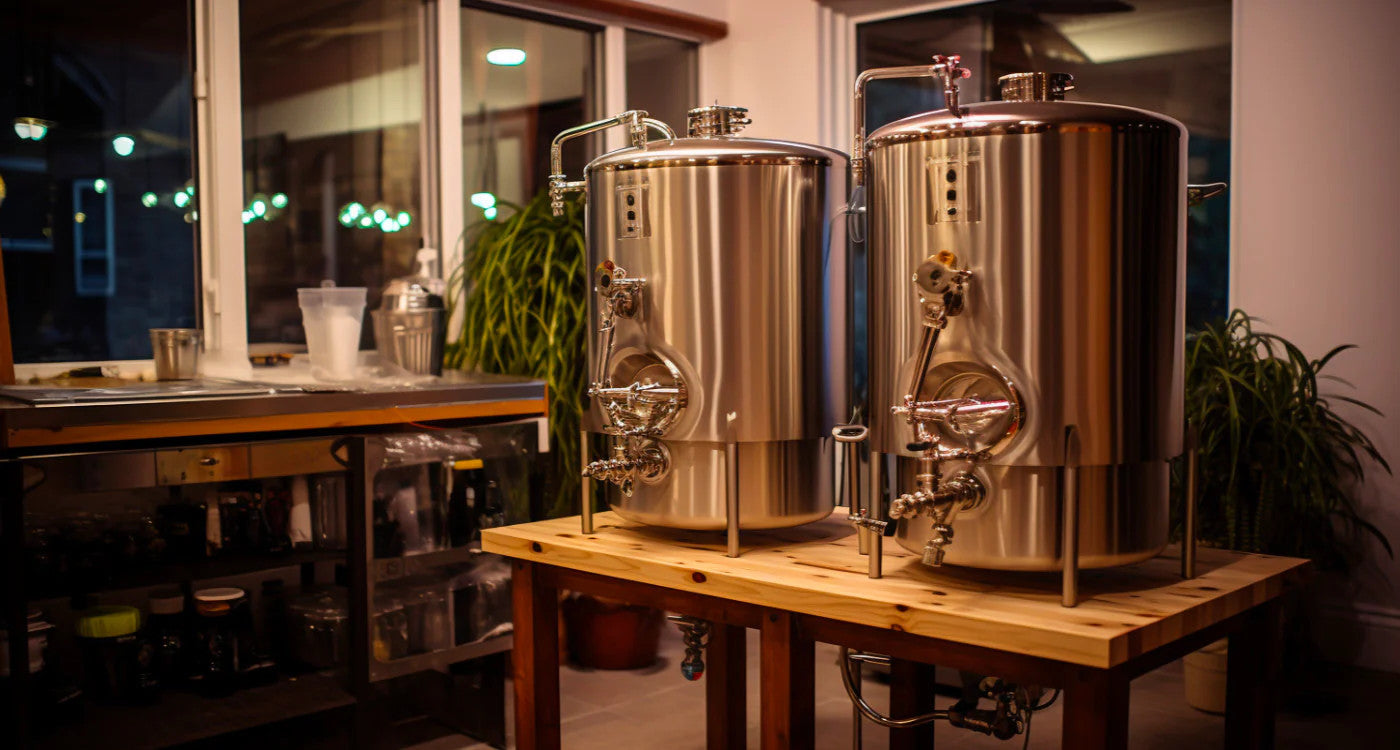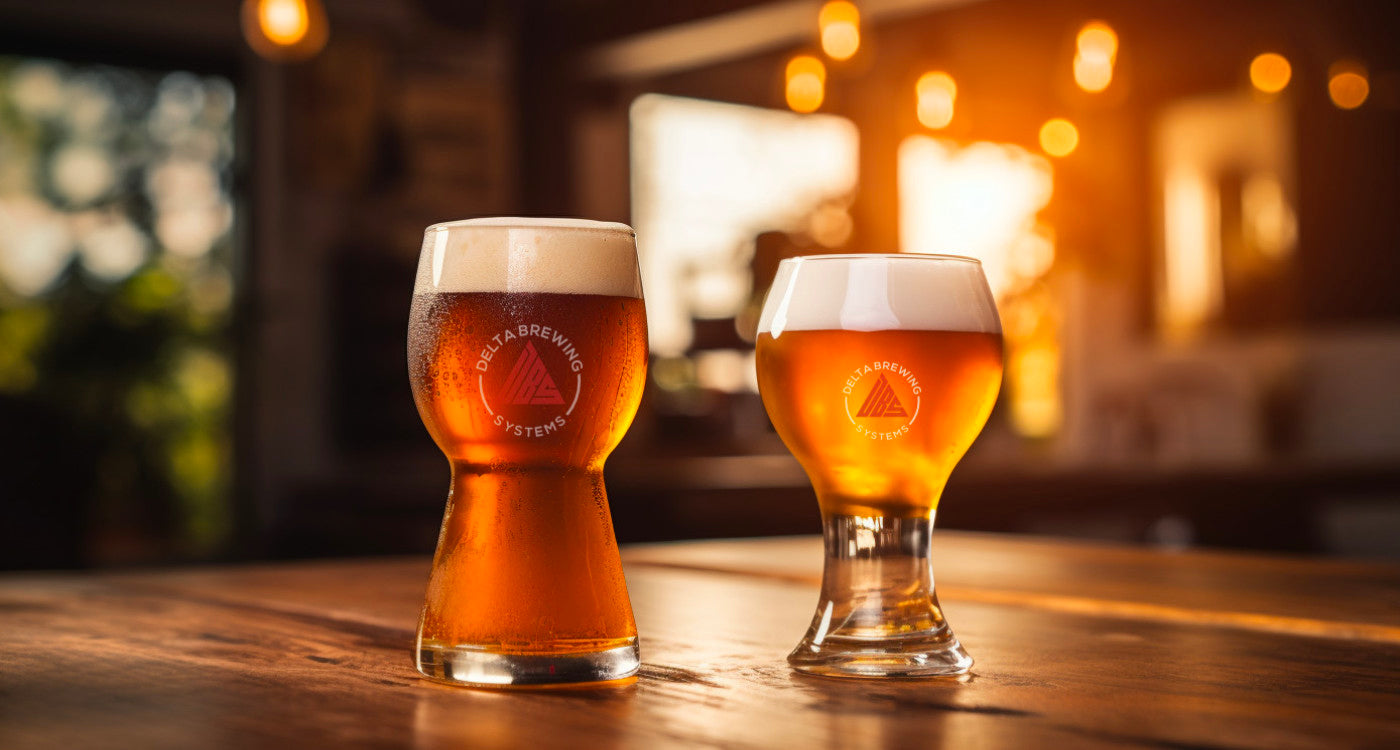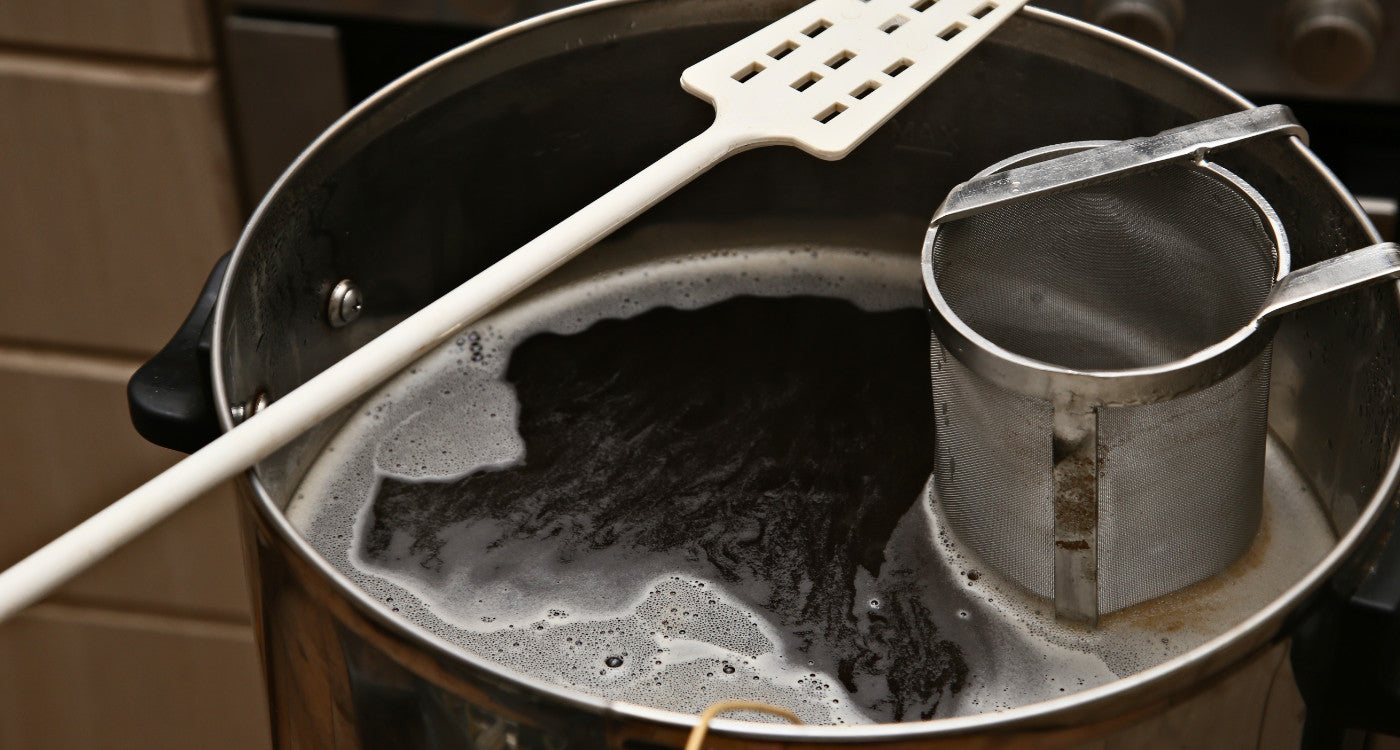For every homebrewing enthusiast, the journey of turning simple ingredients into delicious beer is a rewarding one. An essential but often overlooked component of this process is temperature during fermentation. In fact, mastering the art of temperature control can be the difference between an average brew and an exceptional one.
The Role of Temperature in Fermentation
Fermentation is a biochemical process where yeast consumes sugars to produce alcohol and carbon dioxide. This process isn't just about alcohol, though. During fermentation, yeast also produces numerous other compounds, including esters (which give fruity notes), phenols (responsible for spicy or smoky flavors), and others that contribute to the beer's overall profile.
The temperature at which fermentation occurs has a direct influence on the activity of the yeast and the compounds they produce. Different temperatures can encourage or restrain the production of these compounds, thus impacting the final taste, aroma, and mouthfeel of the beer.
Ideal Temperatures for Different Beer Styles
1. Ales: Most ale yeasts perform best between 60°F and 72°F (15°C to 22°C). Fermenting within this range will produce a well-balanced ale with the right blend of esters and phenols.
2. Lagers: Lager yeasts prefer cooler temperatures, generally between 44°F and 55°F (7°C to 13°C). After the primary fermentation, lagers are usually stored even cooler (often close to freezing) for several weeks, in a process called lagering.
3. Belgian Ales: These can sometimes be fermented at higher temperatures, often between 68°F and 80°F (20°C to 27°C), to encourage the production of unique esters and phenols.
Fluctuations and Stability
Maintaining a consistent temperature is crucial. Fluctuations can stress the yeast, leading to off-flavors or stalled fermentations. For example, a sudden drop can cause the yeast to go dormant before they've consumed all available sugars, while a rapid increase might result in an overproduction of unwanted compounds.
Tools for Temperature Control
For the homebrewer, controlling fermentation temperatures can be a challenge, especially if brewing in environments with significant temperature fluctuations. Here are a few tools to help:
1. Fermentation Chambers: Essentially a modified fridge or freezer with a temperature controller. You set your desired temperature, and the controller manages the cooling (or heating) to maintain it.
2. Cooling Wraps and Jackets: These wrap around your fermentation vessel and circulate cold water or coolant to regulate temperature.
3. Heating Pads and Belts: Useful for brewers in cooler climates. They wrap around or sit under the fermentation vessel to provide gentle heating.
Tips for Effective Temperature Control
*1. Always pitch your yeast at the lower end of its temperature range. This allows the yeast to adjust and start fermentation without the risk of producing off-flavors that can come from a too-warm start.
*2. Consider the exothermic nature of fermentation. Yeast activity generates heat. In a densely populated fermenter, the temperature can rise several degrees above the ambient environment. Plan accordingly!
*3. Always remember to take notes. Your observations on how different temperatures impact your brew will be invaluable in future brewing endeavors.
Conclusion
While ingredients and techniques play crucial roles in the outcome of a beer, understanding and mastering temperature during fermentation is paramount. The nuances of flavor development that come with temperature control can truly elevate a beer, turning a good brew into a great one.
For homebrewing enthusiasts, it's an exciting journey of discovery, and with every batch, there's an opportunity to learn and refine. Embrace the science, celebrate the art, and most importantly, enjoy the delicious results of your labor! Cheers!



